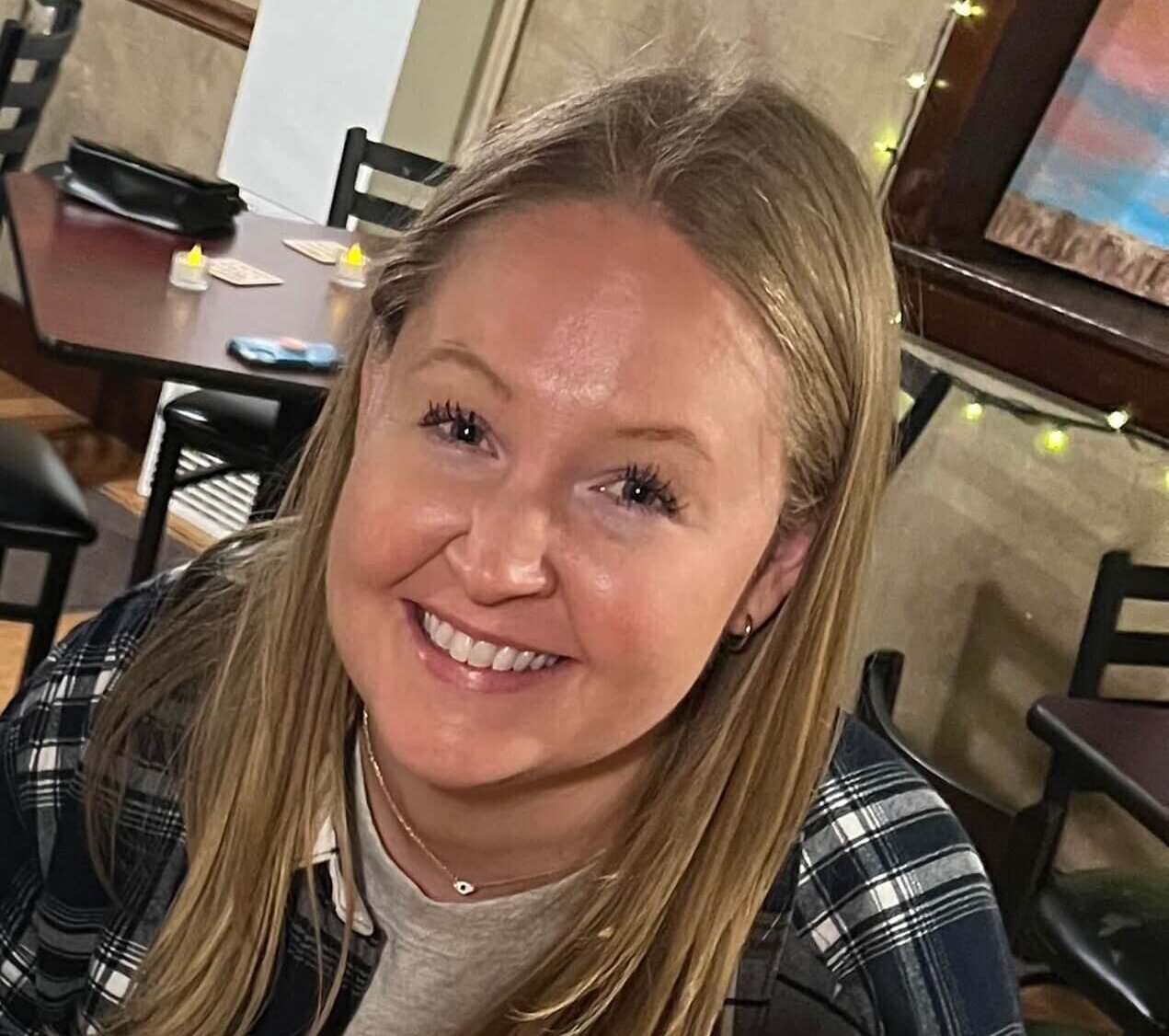Real Estate Follow-Up: 6 Effective Techniques
July 18, 2023
Lead Generation, Lead Nurturing

Real Estate Follow-Up: 6 Effective Techniques
Studies show that 44% of real estate agents stop following up with a lead after the initial no. Another 22% stop after the second. But by ending real estate lead follow-up too early, agents leave money and fruitful relationships on the table.
Data from Insidesales.com shows that 50% of non-essential sales (including homes) happen after the fifth touch point. The persistence of any salesperson—especially those in the real estate industry—is critical to maximize sales opportunities.
Even more, real estate professionals who skillfully follow up with prospects are able to identify their needs, provide tailored solutions and guide potential clients through the decision-making process. Timely follow-up enables agents to seize opportunities, such as capitalizing on hot leads and quickly mitigating potential issues. Developing a robust follow-up management system is foundational to building a successful real estate business.
What is Real Estate Follow-Up?
Real estate follow-up is a business strategy agents use to check in with and nurture each lead they generate. An effective follow-up system includes automated and manual text messages, phone calls and emails, and in-person meetings.
Realtors are constantly working to generate new leads, whether from social media, PPC marketing campaigns, websites or referrals. Each buyer and seller lead requires time and attention, as a lead could take up to a year to convert into an actual client. That’s where a well-planned follow-up strategy comes into play. Once an agent has secured a lead’s contact information, it is essential to begin to touch base with them regularly.
Understanding Your End Goals in Real Estate Follow-Up
Every Realtor will have a unique approach that will fit their target market and personality. Follow-up emails featuring luxury properties will look different than those targeting young families. Market analysis on vacation homes will differ from those featuring apartments in the city. One agent might nurture leads with hyper regularity, while another prefers to take it slower to see how the relationship unfolds.
But regardless of the target market or personality, all team members should create a follow-up system with the end in mind. An effective way to determine an agent’s end goal—and keep them on track—is to use the umbrella strategy LPMAMA.
LPMAMA stands for location, price, motivation, agent, mortgage, and appointment. This tried-and-true system provides real estate professionals with benchmarks to complete throughout their communication lifecycle with a lead. LPMAMA ensures that no matter which marketing channels or lead sources a real estate team uses, their strategy will be effective and funnel leads close to their overall goal.
6 Real Estate Follow-Up Strategies Using the LPMAMA Approach
Location: Leverage Local Market Information to Engage Leads
The most basic information an agent needs to learn about a potential client is location: where do they live now, and where would they like to live? Are they interested in several areas, or do they have their heart set on one neighborhood?
Agents can then build follow-up emails to provide genuine value to their clients. That might mean sending them an email with an article on how home prices have fallen by a certain percentage in the school district they’re interested in. Or it could entail expanding a lead’s search by sending them a list of fun new restaurants and shops in a neighborhood they have yet to consider.
With every interaction and follow-up communication, successful agents leverage local market information and provide genuine value to their leads.
Price: Highlight Relevant Trends in Home Listings and Sales
Emailing quarterly trends in home listings and sales is an excellent follow up system for past clients or leads that have cooled. Most people are interested in which homes have sold and what they have sold for. And it’s an easy way to keep yourself top of mind.
Even more, regularly sending market trends might be just the thing that pushes a homeowner toward selling. Having a vision for what they could buy—and how much they could sell their home for—helps people move from thinking about selling to actually doing it.
Motivation: Determine a Lead’s Intentions and Timeline
Some leads will come in ready to transact. But most will require several months to a year of intentional lead nurturing. Remember, it might take five touch points before a new lead is ready for an open house.
Learning a lead’s intention for buying or selling is critical in providing quality service. One might be celebrating a new marriage; another might be selling the home of their late parent. Another might need to accommodate a growing family, while another might be downsizing after a divorce. Top producers approach each lead with genuine care and attention and personalize their communication to fit the situation.
Determining a lead’s intention and timeline also helps an agent respond quickly to those ready to purchase a home immediately. Or take it slower with those just starting their search and not quite ready to commit.
Agent: Invest in Relationships for the Long-Term
This step in the LPMAMA acronym reminds agents to learn whether a lead is already working with another agent. Most people, even first-time homebuyers, will have interacted with other real estate agents previously. And many leads, we hate to say it, will close a deal with still another agent.
It is critical, then, for agents to shift their mindsets: Lead nurturing is all about building long-term relationships, not capitalizing on quick hits.
Sharing market information, chatting about a lead’s mortgage, providing tips for attending open houses—all of these relationship-building initiatives might not result in a direct sale. But it will build an agent’s reputation as a trustworthy resource, ultimately generating more sales and referrals down the road.
Mortgage: Demonstrate Expertise and Build Trust with Leads
Walking clients through the mortgage process allows agents to showcase their industry expertise. Throughout the communication process, an agent will often spend time listening to the client and working to understand their wants and needs. But when it comes to securing a loan and working with a bank, agents can offer genuine support and advice to their clients.
Knowing this is a tricky part of the process, a skilled agent will integrate more phone calls and in-person meetings in this stage of their follow-up system. It is easier—and more comforting—to talk a lead through a lender question on the phone. And then send a thorough follow-up email that recounts all you shared with them on the phone.
Agents can also get ahead of the questions by creating email drip campaigns. This real estate marketing strategy will save agents time and educate clients about different stages in the real estate process.
Appointment: Nurturing Leads towards Scheduling a Meeting
With newly generated real estate leads, one of the most significant benchmarks is scheduling—and actually having—an appointment. It might take a few months for a lead to convert, but landing an appointment exponentially increases the chances that the lead will result in a sale.
Effective agents layer appropriate calls-to-action (CTAs) to take their lead follow-up systems to the next level. An action item should be included in each email, and next steps should be communicated at the end of each phone call. The goal of each touchpoint, after all, is to move the lead further along in the real estate pipeline.
Maximizing Efficiency with a Real Estate CRM
Real estate follow-up becomes even more effective when agents automate much of the process through a holistic customer relationship management (CRM) tool like Sierra Interactive. Most Realtors can manage 50-75 leads on their own. But a real estate CRM allows agents to increase their sphere of influence from tens to thousands. Customized email templates, voicemails, text messages—all can be seamlessly automated so that agents can stay in touch and top of mind with thousands of leads at once.
On average, only 2% of generated leads will convert into sales. Utilizing a real estate CRM’s automation capabilities, then, is critical for scaling lead conversion without compromising an agent’s ability to build genuine relationships.
Effective, timely follow-up is vital to any successful real estate business. Build a follow-up strategy with the framework of LPMAMA and utilize Sierra Interactive’s comprehensive CRM to execute it with ease.
Author
Schedule a Demo
Thoughtfully designed features, intuitive workflows and stunning UX. You’re about to find out why top-performing real estate teams pick Sierra.
Sign UpRelated Posts

Lead Generation
Top 10 Strategies for Capturing Real Estate Seller...

Lead Generation
The Power of Email Marketing in Real Estate...

Lead Generation
How to Generate Real Estate Seller Leads Online

Lead Generation

